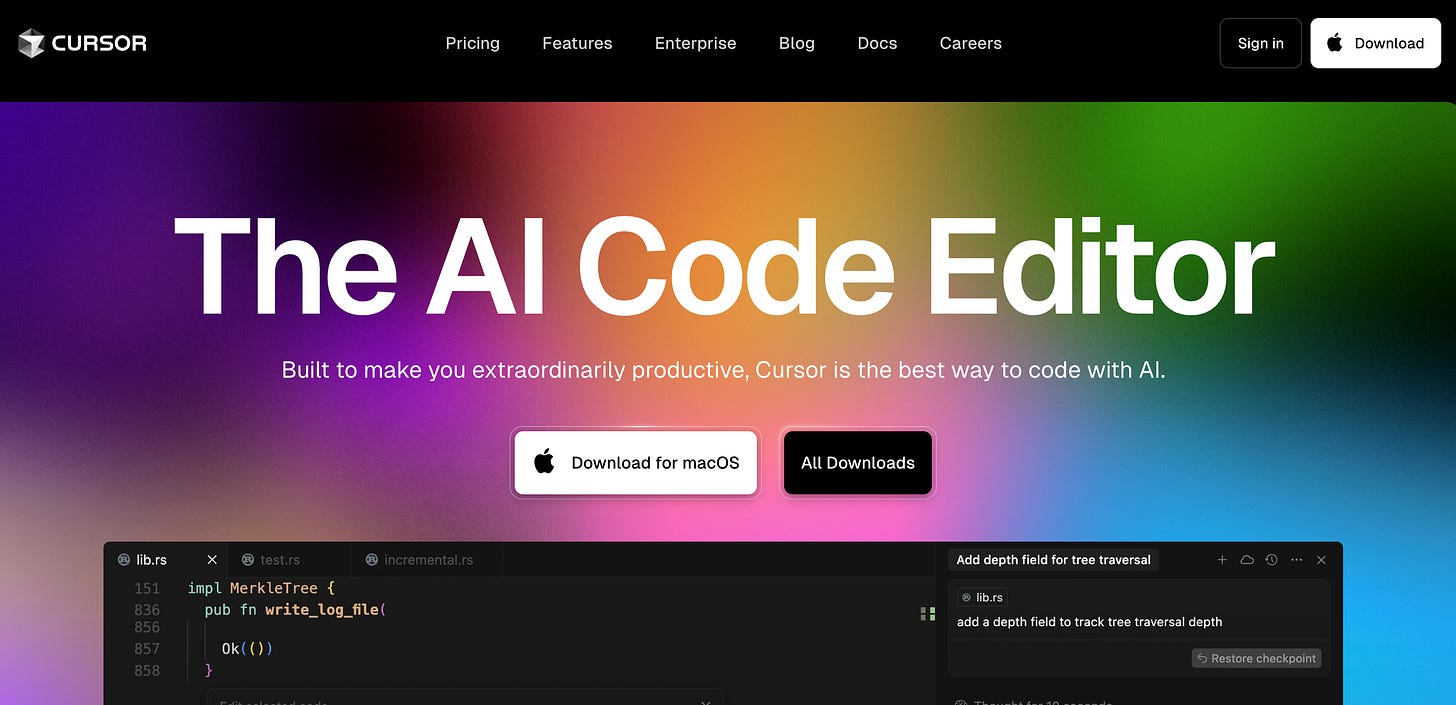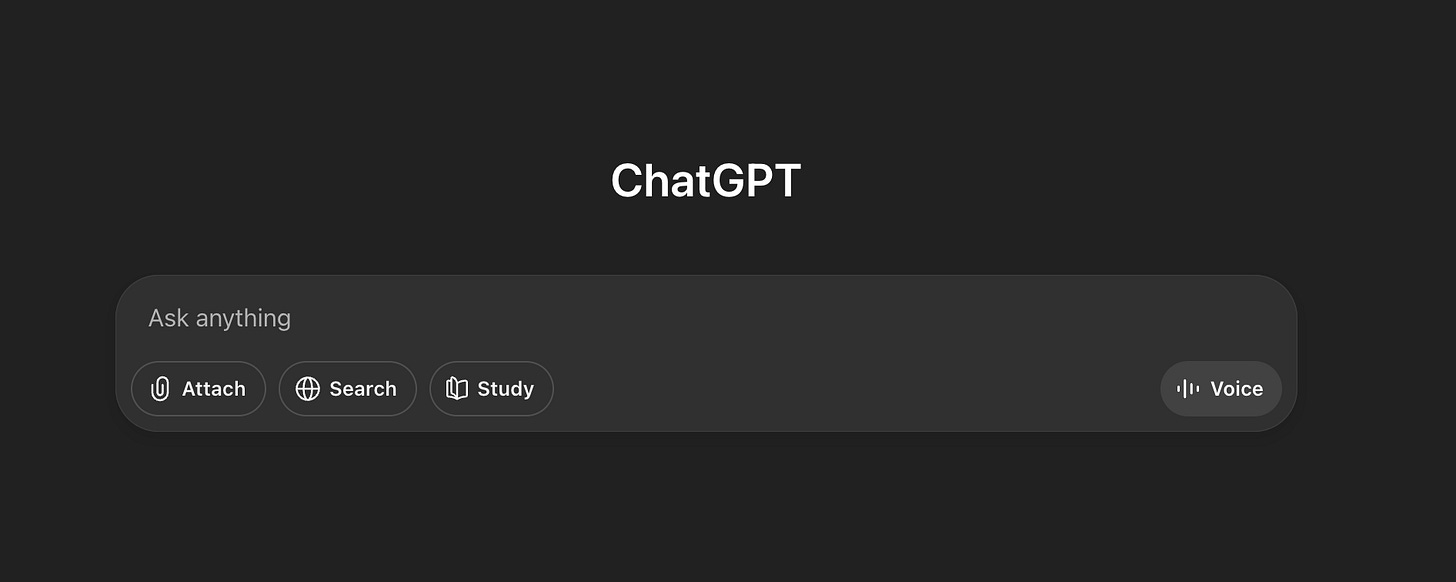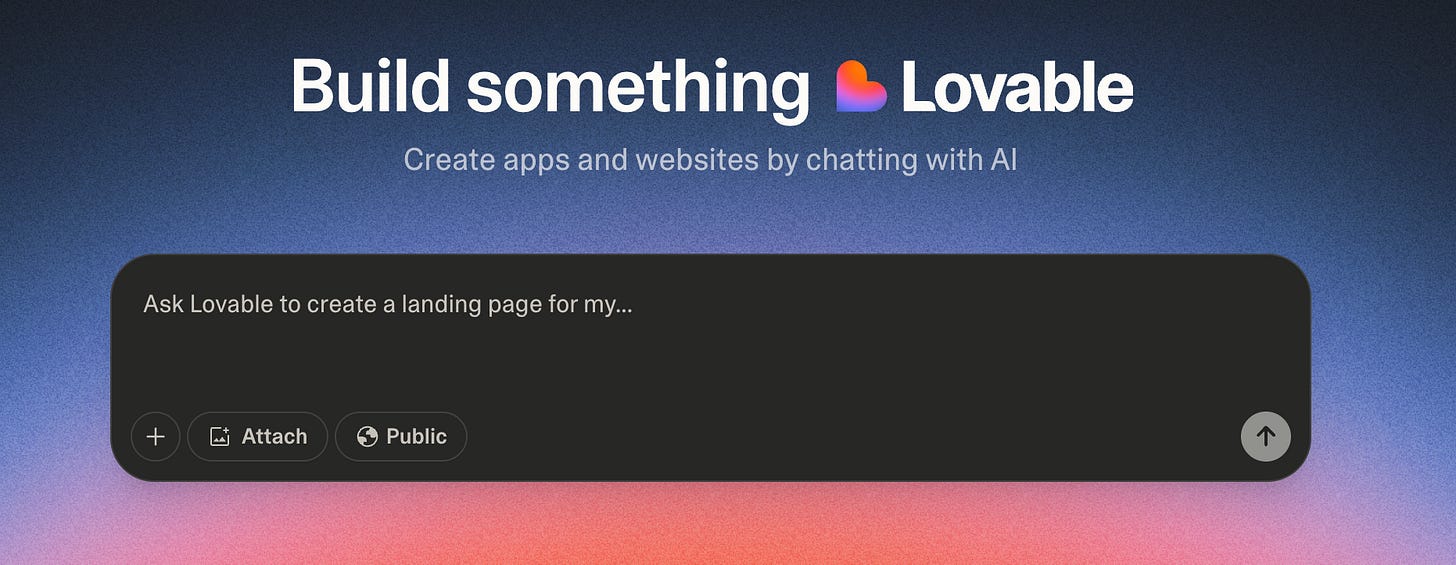Essential AI Tools for Developers in 2025: Cursor, Stitch, GPT‑5, Manus and Lovable
How next‑generation AI assistants are supercharging coding, design, research and automation workflows.
Introduction: the AI tool renaissance
The explosion of AI‑powered tools means developers no longer need to choose between writing code or fine‑tuning layouts; intelligent assistants can shoulder much of the routine work. 2025 sees an influx of products that embed large language models into our workflows—from the code editor to the design canvas and even the deployment pipeline. Importantly, these tools augment human creativity rather than supplant it; most developers adopting AI tools report time savings and better focus on higher‑level problem solving. Let’s explore five game‑changers and see how they can supercharge your development workflow.
Cursor AI: coding with a collaborator
Cursor AI began as a fork of Visual Studio Code but adds a powerful built‑in AI assistant. A 2025 review notes that Cursor is “no ordinary code editor—an IDE that bundles a built‑in AI assistant, tapping into models like Claude 3.5 Sonnet”. Because Cursor is based on VS Code, developers find the interface familiar while benefiting from a dedicated chat panel and specialized shortcuts.
Key features include:
AI‑driven completions – Cursor’s code completions feel more intelligent than typical autocomplete, often guessing the next logical step in a React or Python project, saving time on boilerplate.
Composer mode – you can select files and request refactors or new functions in natural language; Cursor generates changes and shows a diff before applying.
Agent mode – when you need broader changes, Agent mode lets Cursor roam the entire repository to build new pages or update multiple files. It’s powerful but still requires oversight.
Context management – developers can include a
.cursorrulesfile to guide style and commit-message conventions.
By integrating these capabilities into a familiar editor, Cursor acts like a coding partner—suggesting improvements, executing multi‑file changes and even drafting commit messages—while leaving final decisions to you.
Stitch AI: design UIs at the speed of thought
Google’s Stitch, launched as a Gemini Labs experiment in May 2025, bridges the gap between design and development. According to Google’s announcement, Stitch can convert a natural‑language description or a rough hand‑drawn wireframe into a polished interface and front‑end code. It relies on the multimodal Gemini 2.5 Pro model to understand and generate complex layouts, making it easy to iterate on multiple variants of a design.
Highlights include:
Natural‑language UI generation – describe a “dashboard with navigation, charts and a dark theme,” and Stitch will generate a working layout and code.
Image and wireframe input – upload a sketch or screenshot and watch it transform into professional interface components.
Fast iteration – the tool provides multiple design variants and allows conversational refinement—adjust colors, resize components or ask for alternative layouts.
Figma & code export – once satisfied, designers can paste the design to Figma or export clean HTML/CSS that engineers can extend.
With Stitch, product teams can prototype interfaces in minutes instead of days, ensuring that designers and developers stay aligned from concept to implementation.
ChatGPT with GPT‑5: the problem‑solving powerhouse
OpenAI’s GPT‑5 rollout has redefined what ChatGPT can do for developers. As the Index.dev guide notes, GPT‑5 blends deep reasoning with the speed of previous models so you no longer choose between “fast” and “smart” modes. The model executes long chains of actions, follows detailed instructions and explains its thinking.
For developers, GPT‑5 brings several advantages:
Smarter problem solving – GPT‑5 scores 74.9 % on the SWE‑bench Verified benchmark, outperforming rival models. It tackles backend design, database schema creation and API routing, often handling 80‑90 % of a project on the first go.
Faster responses & cleaner code – queries complete 30–50 % faster, with 45 % fewer factual errors than GPT‑4o.
Single‑prompt app building – given a single prompt, GPT‑5 can spin up a working application, including UI, API calls and tests.
Better instruction following – multi‑step instructions are handled in one pass without losing context.
Whether you’re debugging a tricky bug or designing an entire microservice, GPT‑5 acts as a collaborator with deeper reasoning and improved reliability, making ChatGPT an indispensable tool in 2025.
Manus AI: an autonomous agent for complex workflows
Manus AI, launched by Chinese startup Monica in March 2025, positions itself as a truly autonomous AI agent. It doesn’t merely answer questions; it plans, executes and refines tasks with minimal input. DataCamp explains that Manus can perform information retrieval, data processing and visualization, code execution and automation, and even web automation.
A typical Manus session follows a structured loop: analyze the task, select the right tools, execute commands, iterate based on new data, then deliver results. Its architecture includes:
Linux sandbox & shell execution – Manus operates in a secure sandbox, installing software, running scripts and automating system tasks.
Integrated browser control – it navigates websites, fills forms and executes JavaScript.
File system management & deployment – the agent reads and writes files and can even deploy applications to public URLs.
Benchmarks show Manus scoring 86.5 % on the GAIA Level 1 test and maintaining strong performance on more complex tasks. While still invitation‑only and experiencing early growing pains, Manus hints at a future where AI agents can autonomously transform ideas into applications, conduct research, or even orchestrate entire project lifecycles.
Lovable: prototype full‑stack apps without the headache
If you need to validate a startup idea quickly, Lovable (pronounced “love‑able”) might be your secret weapon. A DataCamp tutorial describes Lovable as a text‑to‑app service that transforms natural‑language descriptions into functional applications. It uses React and Vite on the front‑end and the open‑source Supabase stack for databases, authentication and server functions. GitHub integration allows you to version control and extend the generated code.
The Lovable tutorial and the platform’s own video highlight its key strengths:
Describe, don’t code – tell Lovable what you want to build and it produces a working prototype, including UI, data persistence and basic authentication.
Supabase integration – built‑in Supabase support means your data persists across devices and the app uses real cloud functions and authentication.
GitHub integration – every project can be synced to GitHub, letting you refine or refactor using standard tools while still benefiting from Lovable’s code generation.
Rapid MVPs – Lovable excels at creating minimum viable products; tutorials show complete note‑taking or file‑sharing apps built in under an hour.
While Lovable may not yet handle huge codebases and has message limits in the free tier, it offers a compelling way for entrepreneurs and developers to test ideas and iterate fast, with professional development practices baked in.
Conclusion: augmenting, not replacing
AI tools are no longer novelties; they’ve become co‑pilots that amplify developers’ skills. Cursor gives you a partner in your IDE. Stitch turns plain language into polished UIs. GPT‑5 powered ChatGPT brings expert‑level reasoning to coding and research. Manus hints at fully autonomous agents that can plan and execute tasks, and Lovable democratizes app creation for those with an idea but little coding experience. These tools don’t replace developers—rather, they free us to focus on strategy, creativity and solving problems that matter. Explore them, stay curious and harness the AI renaissance to build better software in 2025 and beyond.






